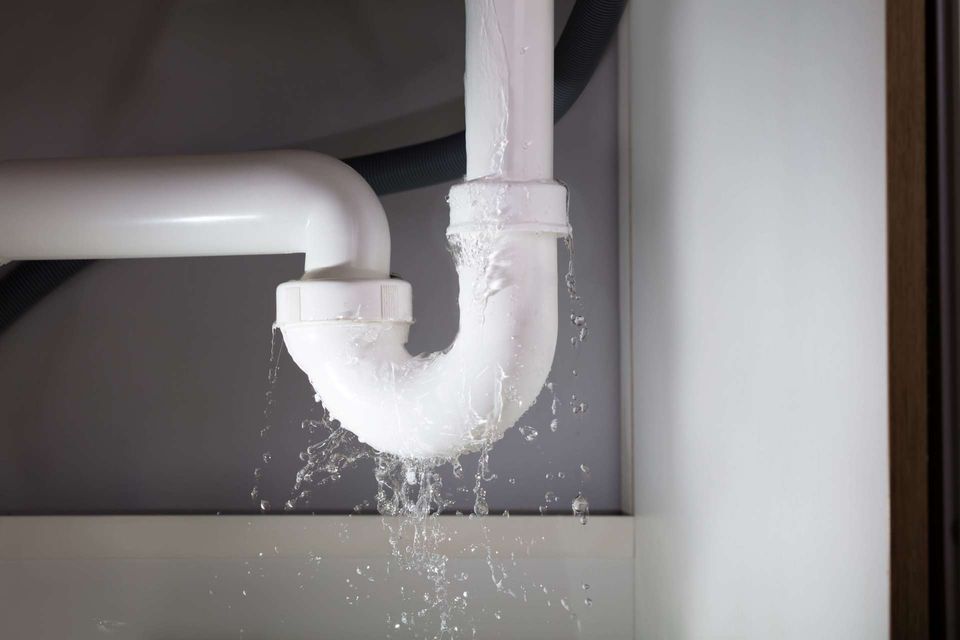The content in the next paragraphs involving Locating water leaks is definitely informative. Don't miss it.

Early detection of dripping water lines can minimize a potential calamity. Some tiny water leaks might not be noticeable.
1. Analyze the Water Meter
Checking it is a proven way that helps you find leaks. If it relocates, that indicates a fast-moving leakage. This indicates you may have a sluggish leakage that could even be underground.
2. Inspect Water Usage
Analyze your water costs and track your water consumption. As the one paying it, you need to observe if there are any kind of discrepancies. If you spot sudden changes, in spite of your intake coinciding, it means that you have leaks in your plumbing system. Bear in mind, your water costs should fall under the exact same range each month. An abrupt spike in your bill suggests a fast-moving leakage.
A stable rise every month, also with the very same routines, reveals you have a slow leak that's also slowly rising. Call a plumber to extensively check your home, specifically if you feel a cozy location on your floor with piping below.
3. Do a Food Coloring Test
When it comes to water intake, 30% comes from toilets. If the shade in some way infiltrates your bowl during that time without flushing, there's a leakage in between the container and bowl.
4. Asses Exterior Lines
Don't neglect to examine your exterior water lines too. Should water permeate out of the link, you have a loosened rubber gasket. One small leak can throw away bunches of water and spike your water bill.
5. Inspect as well as Evaluate the Situation
Homeowners must make it a routine to inspect under the sink counters as well as even inside cabinets for any kind of bad odor or mold and mildew growth. These two red flags show a leakage so prompt attention is needed. Doing regular inspections, even bi-annually, can save you from a significant problem.
More significantly, if you understand your home is already old, keep a watchful eye on your heating units, hoses, pipes etc. Check for stainings and compromising as most appliances and pipelines have a life span. They will likewise normally deteriorate as a result of tear and wear. Don't wait for it to escalate if you suspect leaking water lines in your plumbing system. Call an expert plumber right away so you do not end up with a dreadful mess in your house.
Early discovery of dripping water lines can alleviate a potential catastrophe. Some tiny water leaks might not be visible. Examining it is a surefire method that aids you uncover leaks. One small leak can waste tons of water and surge your water costs.
If you presume leaking water lines in your plumbing system, don't wait for it to escalate.
Signs You Have a Hidden Plumbing Leak
Damaged floors, walls, or ceilings
Water-damaged floors, walls, and ceilings are often warped, sagging, drooping, or covered in stains. You might also notice that the paint is chipping off of your walls due to water coming into contact with and separating the paint from the wall surface.
Extra-green patches of grass
Because pipes are often underground, it is not uncommon for a leak to affect your lawn. If you find that a certain area of your grass is growing faster than other areas of your lawn, there might just be an underground leak.
Higher-than-usual water bills
If your water bill is much too high each month, and it doesn’t seem to match up with your actual water usage, something is definitely up with your system.
Continuously running meter
Your water meter should not be running all of the time. If you turn off all running water in your home and your water meter still shows that water is running, there is a leak somewhere in your system.
https://www.smithsplumbingservice.com/blog/2020/may/signs-you-have-a-hidden-plumbing-leak/

I discovered that piece of writing on Leaking water lines when doing a search on the web. Be sure to take a moment to promote this blog posting if you enjoyed reading it. We recognize the value of reading our article about Locating water leaks.